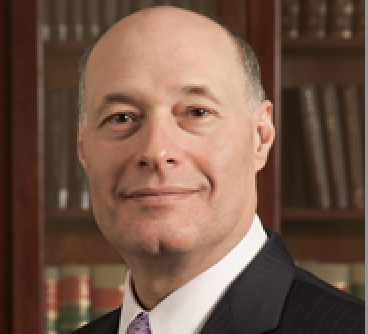
by biomed | Apr 26, 2022 | News
A life so beautifully lived deserves to be beautifully remembered. Today, we share with you the loss of a Founding Board Director of the International Biomedical Research Alliance and former CEO and Executive Chairman of Emergent BioSolutions, Fuad El-Hibri. Fuad died peacefully at home on the morning of April 23, 2022, surrounded by those he loved most his family. Our most sincere sympathy goes out to his wife, Nancy, his three adoring children, grandchildren, and his many friends and colleagues.
In 2003, upon hearing about an innovative program developed at the National Institutes of Health to support graduate training for Ph.D. and M.D./Ph.D. students seeking to become physician-scientists, Fuad focused his attention on building and supporting the NIH Oxford-Cambridge Scholars Program. To this end, he was a founding member of the not-for-profit, the International Biomedical Research Alliance (Alliance), which supports the NIH Oxford-Cambridge Scholars Program (Scholars Program). He served on the Alliance Board of Directors since its inception in 2005. For the next 17 years, Fuad would play an integral role as a leader in advocating for funding for the Scholars Program and the expansion of participating laboratories in Institutes and Centers across the NIH. Committed to excellence in all activities to which he devoted his time, he held great pride in the exceptional achievements of students and alumni of the Scholars Program and was unapologetic about trumpeting their success. In recent years, he devoted himself to addressing the dire need for affordable graduate housing near the NIH campus that would attract the most promising trainees and early career scientists to train and remain at the NIH. He did all of this out of a desire to grow and enhance the biomedical research ecosystem in the United States and abroad.
Fuad founded Emergent BioSolutions (then BioPort) in 1998 with a single product, BioThrax® (Anthrax Vaccine Adsorbed), and took the company public in 2006. Having served as CEO for almost 14 years until March 2012, and Executive Chairman for 10 years until his retirement in March 2022, Fuad was instrumental in growing the company’s portfolio to its current suite of marketed and procured products for a variety of public health threats, including medical countermeasures for anthrax, smallpox, botulism, and chemical warfare agents, as well as overseeing the company’s role in fighting the opioid crisis. Under Fuad’s leadership, Emergent BioSolutions delivered over 120 million dose-equivalents of the COVID-19 vaccine and built a trusted partnership with the U.S. Government, including supplying anthrax and smallpox vaccines for the military and inventory for U.S. biodefense. In addition, his focus on quality manufacturing of complex biologics resulted in a full suite of CDMO development services, drug substance and drug product manufacturing, and packaging.
“Much of the Alliance’s progress in supporting the NIH Oxford-Cambridge Scholars Program can be attributed to Fuad’s generosity of spirit and far-sighted judgment. He will be sorely missed for his good counsel and advice, but most of all, his always cordial and gracious humanity” said Alliance Chairman Stephen McLean.
The International Biomedical Research Alliance asks that you consider contributing to their efforts earmarked for Phase I development of student housing by contributing in Fuad’s name to the International Biomedical Research Alliance, 9101 Old Georgetown Road, Bethesda, Maryland 20814 or alternatively to the El-Hibri Foundation at 1420 16th Street NW, Washington, DC 20036.
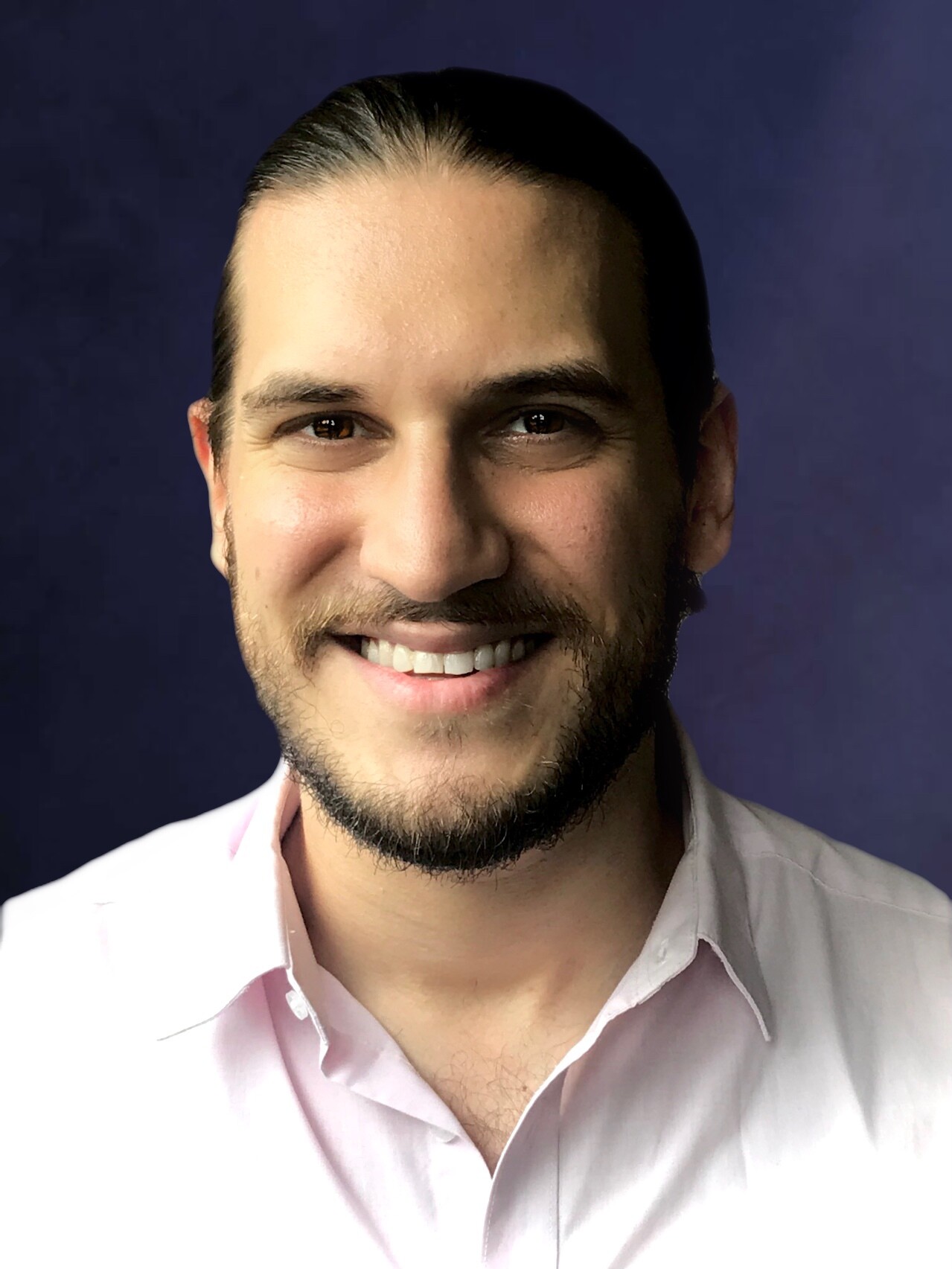
by biomed | Apr 8, 2022 | News
Big Data is Peace.
By NIH- Cambridge Alumni Dr. Samuel Katz
For much of his graduate work at the National Institutes of Health (NIH) in Building 4, Dr. Samuel Katz had a poem by Max Ritvo posted above his desk. It was not only posted because of his love for poetry and the work of poets but because of the knowledge poetry invoked. That Ritvo poem was about the promise and hope of big data and medicine, which is the driving force behind Sam’s research and aspirations.
Dr. Katz shares with you his story today.
I started my Ph.D. with a simple hope, I wanted to use the methods learned during my time at the Berlin Institute for Medical Systems Biology to better understand the immune system. This approach differed from the traditional methods I was taught during my undergraduate science experiences. What I was first taught was that science starts with a hypothesis, you then test the hypothesis, and lastly evaluate. In systems biology, I learned a different way of doing science. I learned how you can use big scientific experiments to guide you and tell you where to look. This approach, sometimes called Data Driven Hypothesis, has its critics but to me, it was the most exciting way of doing science. Remove your biases, characterize the system, and let it tell you how it works instead of the other way around.
This reminded me of what the great American theatre acting teacher Stella Adler once said. At that time “Method Acting” was all the rage, actors were taught to look into their own experiences to bring to the stage the feelings of their characters in the play. Adler was a great critic of “the Method” and she would tell her students don’t make Troy from August Wilson’s Fences feel what you are feeling, makes yourself feel what he is feeling; don’t bring Othello down to your level, bring your level up to Othello’s. “In our theatre, the actors often don’t raise themselves to the level of the characters. They bring the great characters down to their level.” (Source: Stella Adler the Art of Acting, Stella Adler, On America’s Master Playwrights).
I felt that science was going through the same thing. Biologists were discovering how to not just bring our scientific experiments down to the understandings we can form but how to bring our scientific understanding to what large-scale experiments were telling us. I wanted to be involved in this project. I dedicated my Ph.D. working to create ways in which scientists could use these large experiments that are done with fewer prior biases and interpret their results so that new hypotheses could be formed and tested.
This approach continues to have its critics. Some people call these experiments “fishing expeditions” – where you’re just looking to find something without any idea of what and why. But to me, it is the humblest way to pursue science and the one that is likely to give us the biggest leaps in our understanding of health and disease.
This work isn’t easy. Scientists who work with big data have to contend with issues that only emerge when you operate at that scale. Data gets nosier the bigger it gets, and the more you process your data the more you impose your own biases on it. And sometimes, after the endless hours, of staring at large datasets of gene IDs and numbers you can forget that this actually connects to the most valuable and delicate thing we have – life. When those moments would hit me during late nights in the lab, I would look above my desk and see a poem posted up there.
The poem is by the poet Max Ritvo who was born the same year as me. At age 16, he was diagnosed with Ewing’s Sarcoma. Ritvo wrote beautifully about his disease, time, and the emotions he was feeling, including one – the beautiful poem I chose to put above my desk, titled: Poem to My Litter.
Ritvo’s poem is a message to the mice being used to screen for different drugs that his cancer might respond to. The mice were given Ritvo’s cancer and each one was treated with a different drug. Like the screens I was working on, this work was driven less by hypothesis and more by the hope of us finding something that even our best hypothesis can’t reach yet.
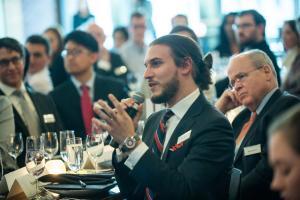
The Albert and Mary Lasker Foundation and the International Biomedical Research Alliance host the Lasker Lessons in Leadership dinner, on Tuesday, March 12, 2019, in North Bethesda, MD. (Photo by Leslie E. Kossoff/LK Photos)
The poem begins by describing this.
My genes are in mice, and not in the banal way
that Man’s old genes are in the Beasts.
My doctors split my tumors up and scattered them
into the bones of twelve mice. We give
the mice poisons I might, in the future, want
for myself. We watch each mouse like a crystal ball.
Ritvo also captured the way in which these experiments are never perfect. We use model organisms and sometimes study disease in a test tube and explore cures on plastic plates.
I wish it was perfect, but sometimes the death we see
doesn’t happen when we try it again in my body.
My tumors are old, older than mice can be.
Reading and re-reading Ritvo’s poem, I would be reminded of the human story behind the diseases I was studying. Most biologists know the famous “Hallmarks of Cancer” from reading the landmark paper published in 2000, by Drs. Douglas Hanahan and Robert Weinberg. Ritvo understood these hallmarks from his own body.
They first grew in my flank, a decade ago.
Then they went to my lungs, and down my femurs,
and into the hives in my throat that hatch white cells.
The mice only have a tumor each, in the leg.
Their tumors have never grown up. Uprooted
and moved. Learned to sleep in any bed
the vast body turns down.
Experiments are never a perfect representation of what we are trying to understand, compromises, and adaptations are made, and we hope that what we are studying resembles enough the thing we want to change.
Before the tumors can spread,
they bust open the legs of the mice. Who bleed to death
Next time the doctors plan to cut off the legs
in the nick of time so the tumors will spread.
But I still have both my legs. To complicate things further,
mouse bodies fight off my tumors. We have to give
the mice AIDS so they’ll harbor my genes.
Ritvo shows us in this poem, both, the incredible human pain of a disease like cancer and the simultaneous human power to find laughter and comedy even in the darkest corridors of life.
I want my mice to be just like me. I don’t have any children.
I named them all Max. First they were Max 1, Max 2,
but now they’re all just Max. No playing favorites.
They don’t know they’re named, of course.
They’re like children you’ve traumatized
and tortured so they won’t let you visit.
Then at the end, Ritvo shows us the terrible pain of his disease and the beautiful way in which our bodies are these fragile vessels of life. When it all works, we don’t even know the peace it’s giving us.
I hope, Maxes, some good in you is of me.
Even my suffering is good, in part. Sure, I swell
with rage, fear—the stuff that makes you see your tail
as a bar on the cage. But then the feelings pass.
And since I do absolutely nothing (my pride, like my fur,
all gone) nothing happens to me. And if a whole lot
of nothing happens to you, Maxes, that’s peace.
Which is what we want. Trust me.
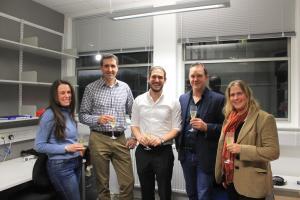 I would get to the end of this poem and always reflect on the beautiful irony of science it captures. In science, we want to find big things that change and discover ways that something behaves differently and why. We do all this so that the body can live in quiet peace, for a little longer, for a little better.
I would get to the end of this poem and always reflect on the beautiful irony of science it captures. In science, we want to find big things that change and discover ways that something behaves differently and why. We do all this so that the body can live in quiet peace, for a little longer, for a little better.
Ritvo died from his disease before the mice were able to give him peace. I wasn’t even done with my first year of graduate school when I learned of his passing. He was 26 years old, the same age I was.
I go back to his poem often not just because it reminds me of what this work is all about but because it shows me that these deep new vistas we are exploring with our screens, with our gigantic datasets, this isn’t just for the wow factor. It is so that nothing happens to people like Max Ritvo, and all the Maxes he named.
that’s peace.
Trust me.
The original poem was published in the New Yorker, on June 20, 2016.
You also can hear the poet read the poem here with beautiful animation added: https://www.youtube.com/watch?v=NGr44gjkoxc

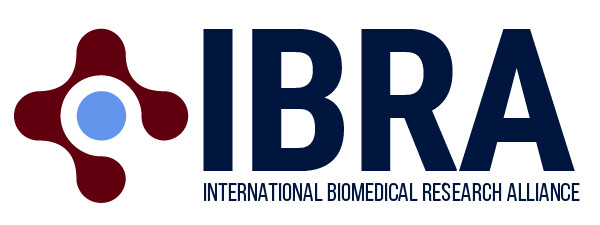


 I would get to the end of this poem and always reflect on the beautiful irony of science it captures. In science, we want to find big things that change and discover ways that something behaves differently and why. We do all this so that the body can live in quiet peace, for a little longer, for a little better.
I would get to the end of this poem and always reflect on the beautiful irony of science it captures. In science, we want to find big things that change and discover ways that something behaves differently and why. We do all this so that the body can live in quiet peace, for a little longer, for a little better.